Recent trade data reveal a nuanced evolution in Oman"s minerals market, illustrating both challenges and potential opportunities for industry stakeholders. In 2022, ores and metals accounted for 6. 45% of Oman’s merchandise exports, showing a modest increase from 2021. This stability in export percentage contrasts sharply with a significant drop in ore and metal imports, which fell from 10. 41% to 7. 30% of merchandise imports during the same period. This suggests a gradual strengthening of local production capabilities, but also underscores an opportunity for diversification to reduce dependency on imports. Environmental indicators provide additional context to these trade statistics.
Oman’s total greenhouse gas emissions have risen significantly, with CO2 emissions (excluding LULUCF) increasing by 5. 2% from 2021 to 2022. This surge is predominantly driven by industrial processes, which are crucial to minerals extraction and processing. As such, businesses in the minerals sector must consider sustainable practices not only to comply with potential regulatory changes but to appeal to an increasingly environmentally-conscious global market. Globally, Oman remains a minor player in minerals exports, but its strategic location offers untapped potential for becoming a key trading hub for mineral resources such as cassiterite, chalcopyrite, and bauxite. By leveraging advanced technologies and optimizing supply chains, Omani firms can better position themselves competitively on the international stage. Aritral. com, an AI-driven B2B platform, stands out as a valuable ally in navigating these complexities.
By offering services such as product listing, direct communication, and AI-powered marketing, Aritral enables firms to efficiently connect with global buyers and sellers. Whether managing profiles or facilitating global sales, Aritral. com simplifies the intricate web of international trade, empowering businesses to capitalize on Oman"s burgeoning minerals market.
-
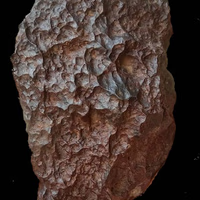 Rahmani 4 months ago
Rahmani 4 months ago Oman
meteorite
Oman
meteorite
meteorite with certificate around 3500grDetails
-
 Arj Savahel 3 months ago
Arj Savahel 3 months ago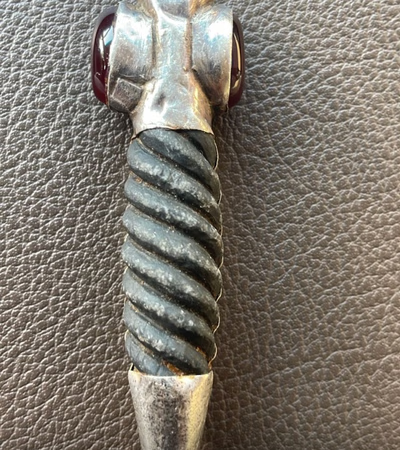 Oman
Arj Savahel
Oman
Arj Savahel
Arj Savahel is adorned with silver and precious stones for sale Coastal sweat of rare stonesDetails
-
 أبو حاتم الرواحي 3 months ago
أبو حاتم الرواحي 3 months ago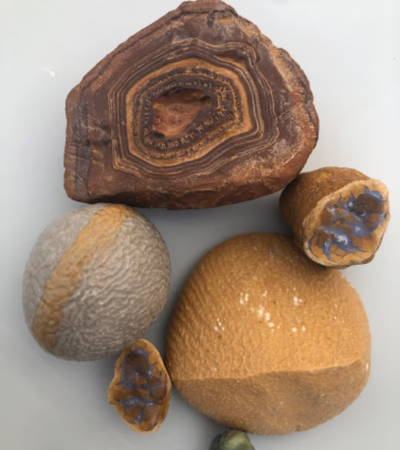 Oman
Rocks and Minerals for Sale
Oman
Rocks and Minerals for Sale
Rocks and minerals for saleDetails
-
 Fawaz Ahmed 3 months ago
Fawaz Ahmed 3 months ago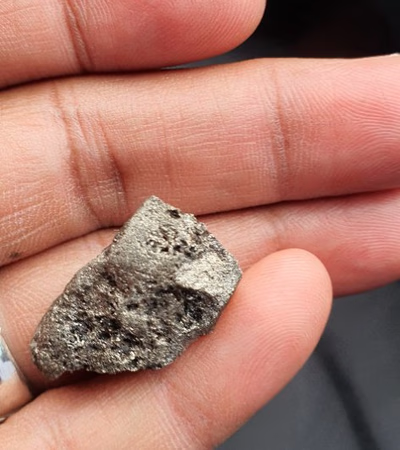 Oman
Meteorite
Oman
Meteorite
A meteorite weighing about 3 kilograms is attracted to a magnet and has a burnt outer layer from the collision with the atmosphere. Inside, it has a s...Details
-
 Obaid Khalid Obaid Al Kaabi 3 months ago
Obaid Khalid Obaid Al Kaabi 3 months ago Oman
Silver
Oman
Silver
Omani silver necklace and bracelet. The selling price is 20 Omani Riyals.Details
-
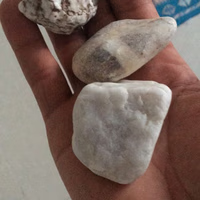 Abo Nwaf 16 months ago
Abo Nwaf 16 months ago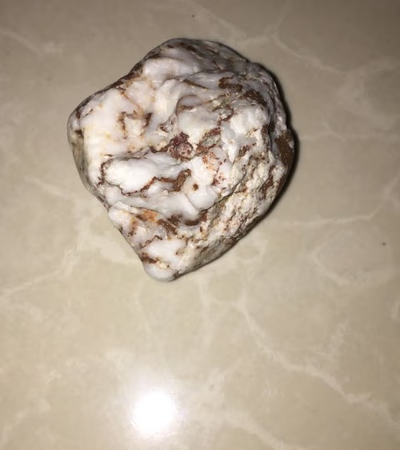 Oman
Precious stones, minerals, and rocks
Oman
Precious stones, minerals, and rocks
Raw stones from natureDetails








